BYD electric buses are headed for Amsterdam Schiphol airport
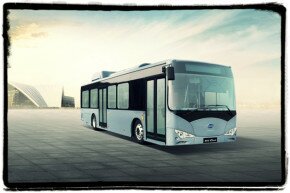 |
Fast growing Chinese automaker BYD will supply Amsterdam Airport Schiphol, one of Europe’s busiest airports, with 35 of its all-electric buses. Those will be used to transfer passengers between the terminals and aircraft at the airport. The emission free BYD ebus models, due to enter service in July 2014, will replace an ageing fleet of specialised conventionally powered buses.
BYD already has over 250 electric buses on the road, including 200 in the city of Shenzhen, China that have clocked up more than 17 million km (10.6 million miles) of service, as well as recent evaluation deployments in Belgium, Germany and Poland. The company secured full European certification in January 2013, and the national park of Schiermonnikoog in Friesland was the first Dutch province to replace the whole of its public bus fleet with BYD electric vehicles in April.
The 12 m (40 ft) long and 2.6 m (8.4 ft) wide BYD e-bus is shorter and narrower than the current petrol-powered airport buses, which should prove a better fit for Schiphol’s airside infrastructure. An internal layout that normally has 27 permanent seats, plus four that fold upright to create more standing room and two wheelchair places, will be modified to meet the specific needs of the airport, though BYD is not releasing actual details at this time.

The vehicles supplied for the 10-year Schiphol operating contract will be of similar all-aluminum unibody design to those BYD already has on the road, which will also afford passengers some isolation from the sounds of the airport.
Two thirds of the front of the bus is given over to a huge windshield for optimum visibility. The vehicle features regenerative braking, electronically-controlled air suspension, four-wheel disc braking, and there are in-wheel hub motors to the rear. Not that it’s particularly relevant in an airport situation, but the BYD e-bus on which the Schiphol fleet is based has a top speed of 100 km/h (62.1 mph).
The e-buses are powered by in-house iron-phosphate Fe batteries, which BYD says are are more fire-safe than competitor Lithium Iron-Phosphate (LiFePO4) batteries. They’re made without caustic materials, toxic electrolytes or heavy metals, and can be safely recycled at the end of their operational lives.
Range is quoted as up to 250 km (155 miles) per charge, but recent evaluations in Poland showed the vehicle as capable of achieving 310 km (193 miles) on only a 60 percent charge. Recharge time is said to take five hours via the on-board AC charger.

In addition to expecting some improvements in the overall air quality at the airport, Schiphol is also counting on the operation of the new e-buses leading to savings on maintenance and management costs.





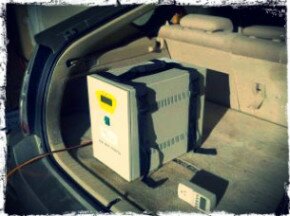
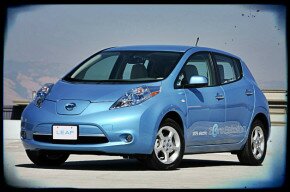


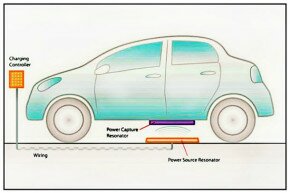

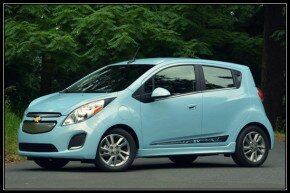
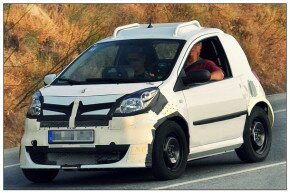
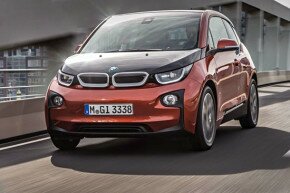

Leave a Reply